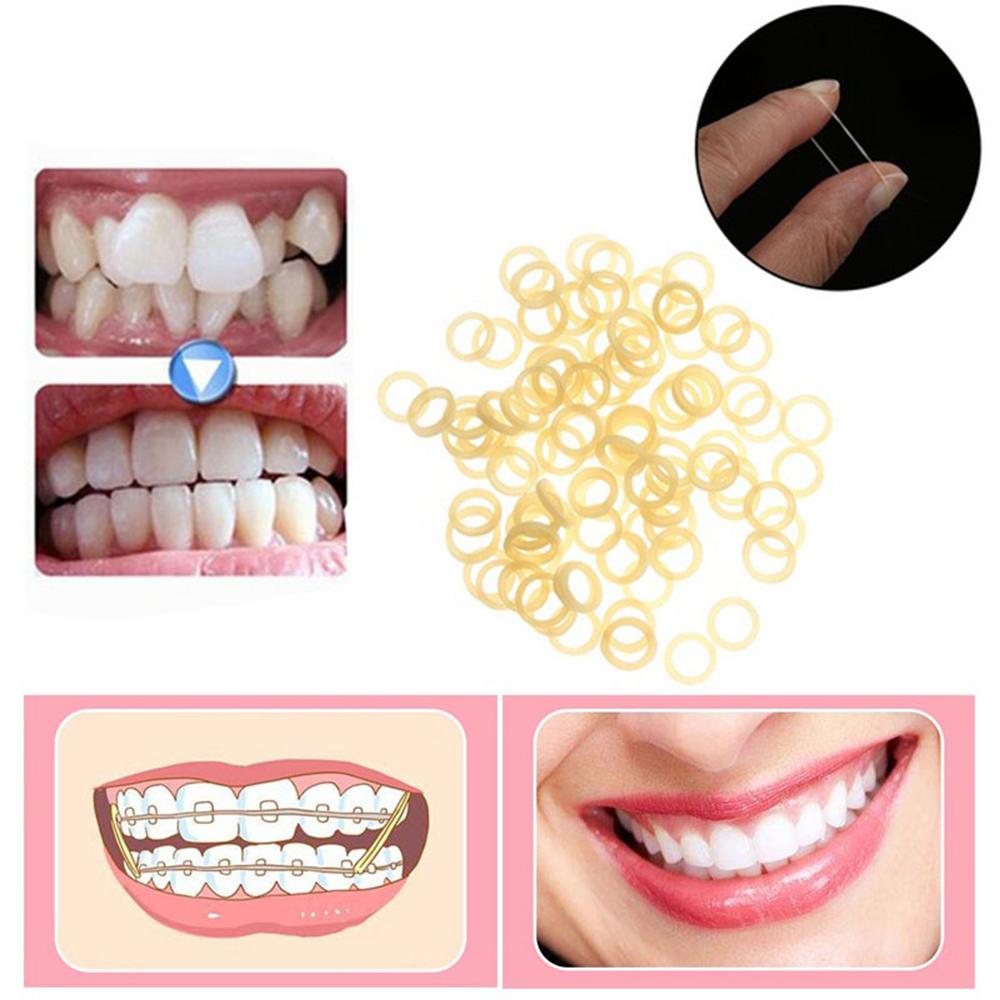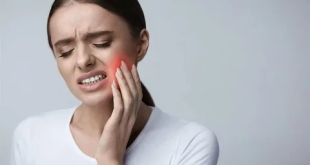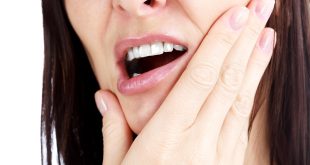If you’ve ever wondered what enzyme dissolves the rubber bands after tooth extraction, this article is the perfect place to know this. After a tooth extraction, dentists often use rubber bands or dissolvable sutures to secure tissues. These bands are designed to break down naturally, thanks to specific enzymes. Understanding this process can provide insight into dental care and healing.

The Role of Enzymes in Dental Healing:
What enzyme dissolves the rubber bands after tooth extraction? It’s primarily proteolytic enzymes that facilitate this process. These enzymes, like collagenase and other proteases, break down proteins in the materials. This ensures that the rubber bands or sutures degrade safely without causing harm to the surrounding tissues. The breakdown process aligns with the natural healing timeline, ensuring smooth recovery.
How Rubber Bands and Sutures Work:
Rubber bands used in dental procedures are often made of biocompatible materials. These materials are selected to dissolve naturally over time. The process begins when enzymes in the body interact with the rubber band’s protein components. This interaction triggers a chemical reaction, gradually dissolving the material. The enzymes work systematically, ensuring the integrity of the wound while aiding the healing process.
What Enzyme Dissolves the Rubber Bands after Tooth Extraction:
Proteolytic enzymes are vital for tissue remodeling and healing. They’re naturally present in the human body and become active during injury or surgery. These enzymes break down proteins in foreign materials like rubber bands, transforming them into harmless byproducts. This enzymatic action minimizes the need for manual removal, reducing the risk of infection and promoting faster recovery.
Why Use Dissolvable Materials in Dentistry?
Dissolvable rubber bands and sutures eliminate the need for follow-up removal procedures. This convenience benefits both patients and dental professionals. These materials are safe, and efficient, and reduce the chances of complications. By relying on the body’s natural enzymes, the healing process becomes more streamlined and less invasive.
Factors Influencing Enzyme Efficiency:
Several factors can impact how effectively enzymes dissolve rubber bands after a tooth extraction. The patient’s age, overall health, and oral hygiene play significant roles. Proper care, such as rinsing with salt water or following dentist-recommended guidelines, can enhance enzymatic activity. Additionally, the composition of the rubber bands affects how quickly they break down.
Common Materials in Dental Rubber Bands:
Dental rubber bands are typically made from materials like polyglycolic acid or polylactic acid. These substances are biocompatible and biodegradable. When exposed to enzymes, they undergo hydrolysis, breaking down into simpler compounds. This natural degradation process ensures safety and compatibility with the body’s healing mechanisms.
Ensuring Proper Aftercare:
Maintaining good oral hygiene is crucial after a tooth extraction. Brushing gently and using a prescribed mouthwash can prevent infections. Following post-operative instructions ensures that enzymes work efficiently to dissolve rubber bands or sutures. Avoiding hard or sticky foods can also protect the surgical site during recovery.
Frequently Asked Questions
What enzyme dissolves the rubber bands after tooth extraction?
Proteolytic enzymes like collagenase are responsible for breaking down the rubber bands used in dental procedures.
How long does it take for rubber bands to dissolve?
The time varies but typically ranges from one to two weeks, depending on the material and individual healing.
Can I speed up the dissolution process?
While the process is natural, maintaining good oral hygiene and following your dentist’s advice can aid efficiency.
Are dissolvable materials safe?
Yes, they’re designed to be biocompatible and break down harmlessly without causing irritation or adverse effects.
Conclusion
Understanding what enzyme dissolves the rubber bands after tooth extraction highlights the importance of natural healing mechanisms. Proteolytic enzymes ensure a smooth recovery by breaking down materials safely and efficiently. By following proper aftercare and trusting the body’s natural processes, patients in the United States can experience optimal healing outcomes after dental procedures.
Read More: Before News



